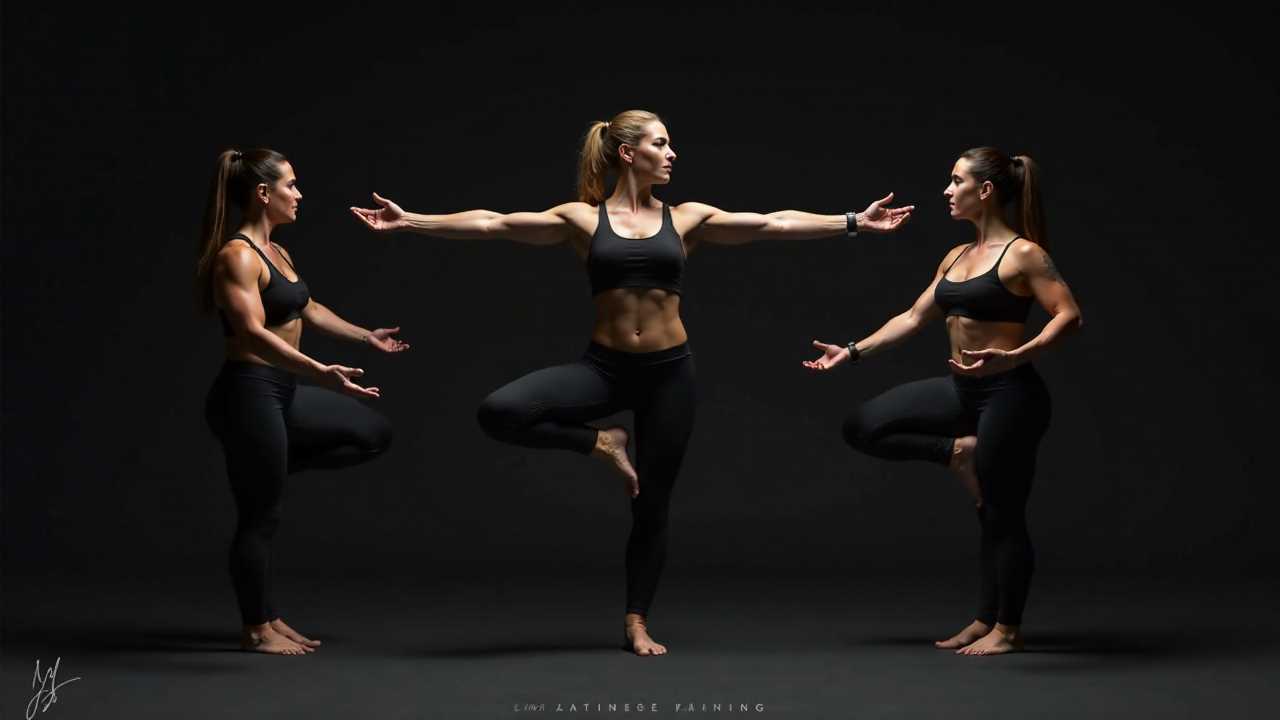
Understanding Mobility for Yoga Instructors
Mobility is a fundamental aspect of physical fitness that every yoga instructor should prioritize. It encompasses the ability to move freely and easily, which is vital for executing various yoga poses effectively. As yoga instructors, we must recognize that mobility is not merely about flexibility; it also involves stability, range of motion, and movement quality. By focusing on mobility, we can enhance our teaching methods and improve our students' overall experience.
The Interconnection of Flexibility and Mobility
Flexibility is often viewed as a standalone quality, but it is intrinsically linked to mobility. While flexibility refers to the lengthening of muscles and tendons, mobility encompasses the joint's ability to move through its full range of motion. For yoga instructors, this means that improving flexibility can lead to better mobility, allowing for more fluid transitions between poses. Incorporating targeted stretching routines can significantly enhance flexibility, which in turn supports overall mobility.
Stability: The Foundation of Mobility
Stability plays a crucial role in mobility. Without stability, our movements can become compromised, leading to injury or ineffective practice. Yoga instructors should focus on building core strength and stability in the joints to support mobility. Engaging in exercises that promote stability—such as balancing poses and core-strengthening routines—will create a solid foundation for more dynamic movements. This stability allows us to maintain control during challenging poses, ensuring that our practice remains safe and effective.
Range of Motion: Expanding Your Movement Potential
Range of motion refers to the distance and direction a joint can move. For yoga instructors, understanding and improving the range of motion is essential for teaching students how to achieve optimal alignment in their poses. We should incorporate dynamic stretching and mobility drills into our routines to enhance the range of motion in our joints. This not only improves our own practice but also equips us with the knowledge to guide our students in achieving their full potential.
Movement Quality: The Art of Fluidity
Movement quality is about how we execute our movements. As yoga instructors, we must strive for smooth, controlled movements that reflect our understanding of mobility. Poor movement quality can lead to injuries and hinder progress. To improve movement quality, we should focus on activation exercises that engage the muscles and prepare the body for movement. This includes warming up with dynamic stretches and practicing mindful transitions between poses, ensuring that each movement is intentional and fluid.
Activation: Engaging the Right Muscles
Activation exercises are designed to engage specific muscle groups, preparing them for the demands of yoga practice. By incorporating activation techniques into our routines, we can enhance our mobility and overall performance. For example, performing glute bridges or shoulder blade squeezes before practice can activate the necessary muscles, leading to improved stability and mobility during poses. As instructors, we should educate our students on the importance of activation to help them achieve better results in their practice.
Recovery: The Key to Sustaining Mobility
Recovery is an often-overlooked aspect of mobility training. After intense practice, our bodies need time to recover and repair. Incorporating recovery techniques such as foam rolling, gentle stretching, and restorative yoga can significantly enhance mobility. These practices help alleviate muscle tightness and promote blood flow, allowing for better movement quality in future sessions. As yoga instructors, we should emphasize the importance of recovery to our students, encouraging them to listen to their bodies and prioritize self-care.
Practical Tips for Enhancing Mobility in Your Yoga Practice
1. Incorporate Dynamic Warm-Ups: Begin each session with dynamic stretches to prepare your body for movement. This can include leg swings, arm circles, and torso twists.
2. Focus on Core Stability: Integrate core-strengthening exercises into your routine. Planks, side planks, and bird-dogs are excellent choices for building core stability.
3. Utilize Props: Encourage the use of props such as blocks and straps to assist in achieving proper alignment and enhancing mobility in challenging poses.
4. Practice Mindful Transitions: Pay attention to how you transition between poses. Aim for smooth, controlled movements that reflect your understanding of mobility.
5. Encourage Recovery Practices: Educate your students on the importance of recovery. Suggest incorporating foam rolling and restorative yoga into their routines.
The Path to Mastering Mobility
Mastering mobility is essential for yoga instructors who wish to enhance their practice and effectively guide their students. By focusing on flexibility, stability, range of motion, movement quality, activation, and recovery, we can create a comprehensive approach to mobility training. This not only improves our own performance but also empowers our students to achieve their goals in yoga. As we continue to refine our understanding of mobility, we will foster a more enriching and effective yoga experience for all.
 Mobility trainingHome Fitness RecoverySports Injury PreventionPersonal Physical TherapyOrthopedic SolutionsPrivacy PolicyTerms And Conditions
Mobility trainingHome Fitness RecoverySports Injury PreventionPersonal Physical TherapyOrthopedic SolutionsPrivacy PolicyTerms And Conditions
